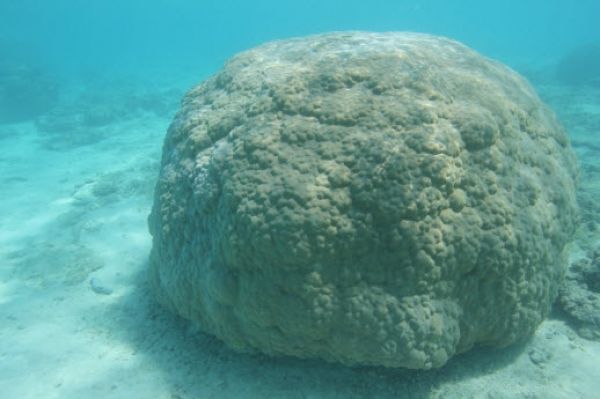The finding suggests human activities have long-lasting impacts on coral reef communities and could be contributing to their decline.
Coral reefs are some of the most diverse and valuable ecosystems on Earth, supporting more species per unit area than any other marine environment, according to NOAA. Reefs buffer adjacent shorelines from waves and prevent erosion. About half a billion people in the world live within 100 kilometers (62 miles) of coral reefs and benefit from them. Reefs may provide goods and services worth $375 billion each year and are used to develop drugs for arthritis, bacterial infections and viruses.
Corals in the Pacific Islands have been declining over the past several decades due to predatory starfish outbreaks, cyclones and El Niño bleaching, according to 2013 surveys by the Khaled bin Sultan Living Oceans Foundation. In the South Pacific, coral reefs have declined by about 25 percent in the past two decades.
In many Pacific Island nations, rapid tourist growth and agricultural development since the 1960s led to concerns over the contamination of coastal aquifers with man-made nutrients. Scientists suspect groundwater polluted with excess nutrients from fertilizers contributed to the decline of coral reefs in the South Pacific over the past several decades but have not been able to accurately measure past patterns in groundwater nitrogen discharge.
Continue reading at American Geophysical Union
Image via Dirk Erler


